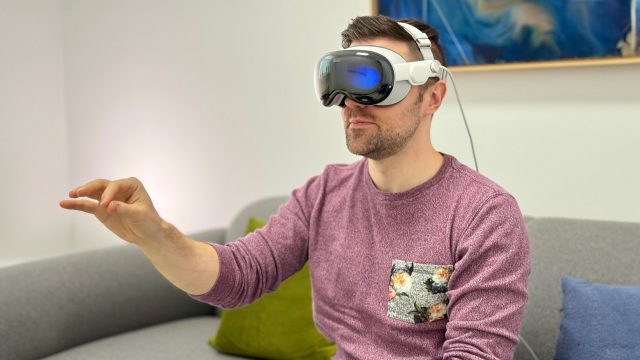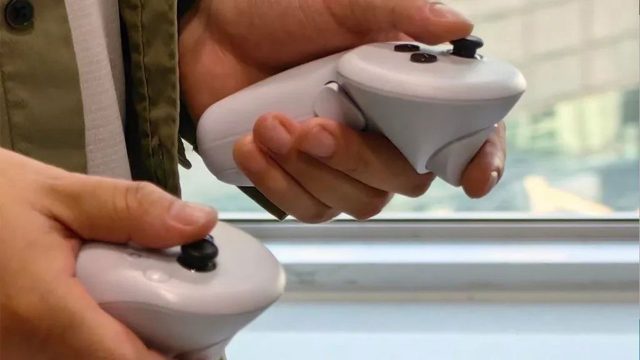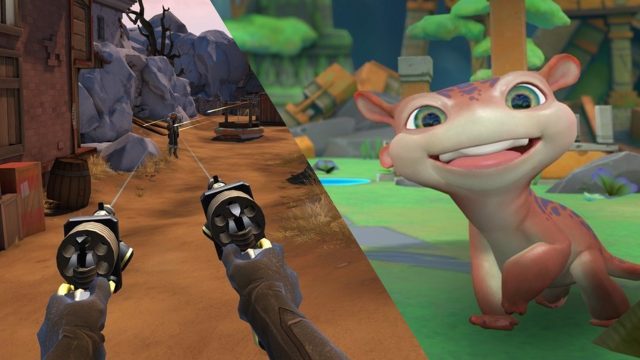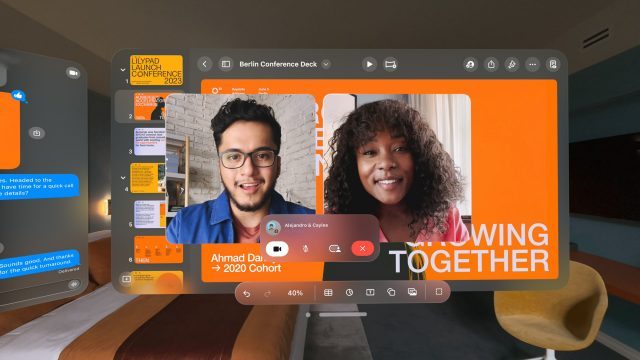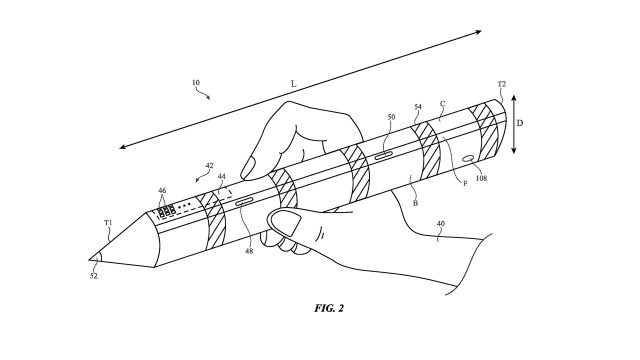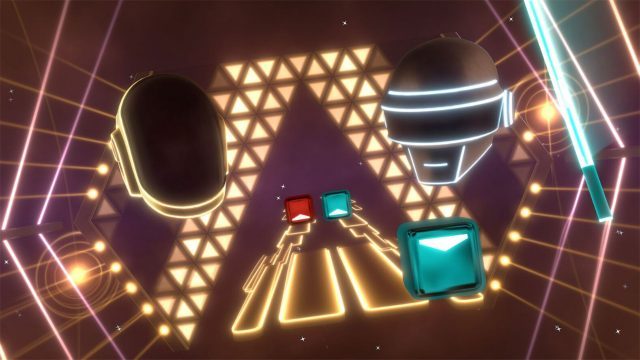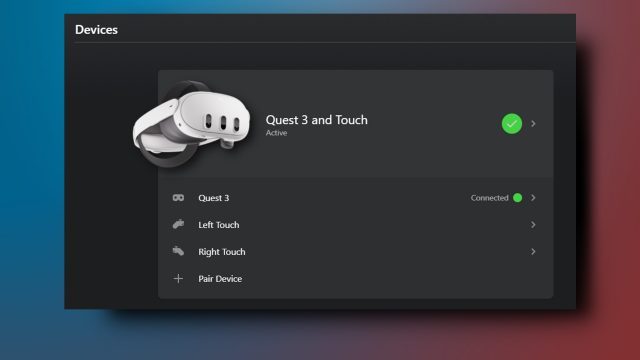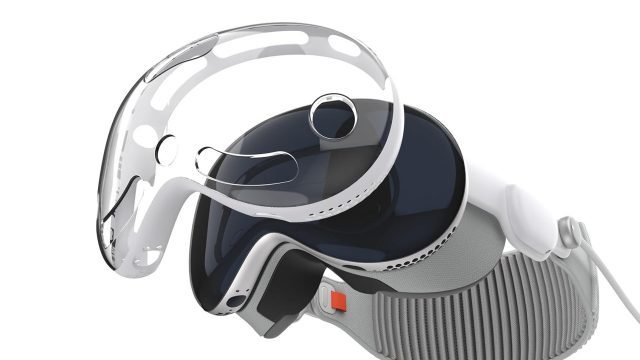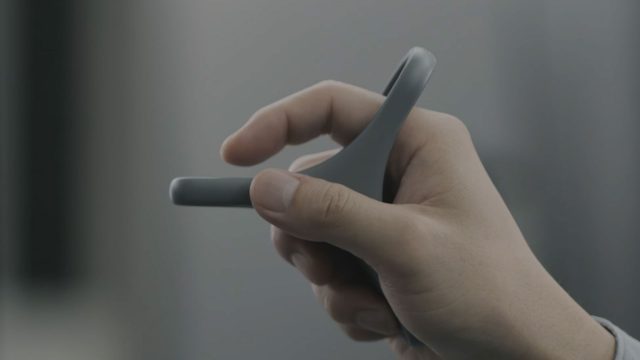The Sequel to One of Quest’s Best-rated Games is Now Available, Trailer Here
SWARM (2021), the high-flying arcade shooter from Greensky Games, is one of the best-rated paid games on Quest, serving up fast-paced, arcade-style grapple shooting action as you battle against the titular Swarm. Now you can get your hands on the sequel, SWARM 2 (2024).

